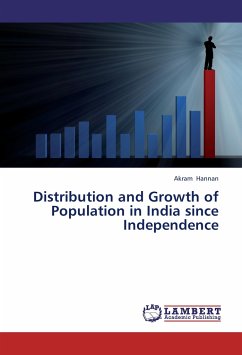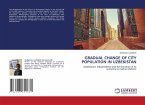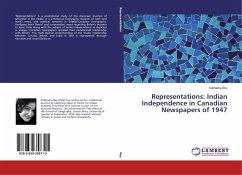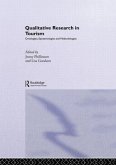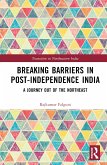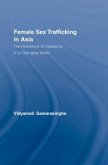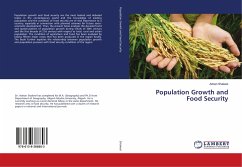Population geography is a division of human geography. It is the study of the ways in which spatial variations in the distribution, composition, migration, and growth of populations are related to the nature of places. Population geography involves demography in a geographical perspective. It focuses on the characteristics of population distributions that change in a spatial context. Examples can be shown through population density maps. A few types of maps that show the spatial layout of population are choropleth, isoline, and dot maps. Population distribution means the pattern of where people live. World population distribution is uneven. Places which are sparsely populated contain few people. Places which are densely populated contain many people. Sparsely populated places tend to be difficult places to live. These are usually places with hostile environments e.g. Antarctica. Places which are densely populated are habitable environments e.g. Europe.Population density is a measurement of the number of people in an area.
Bitte wählen Sie Ihr Anliegen aus.
Rechnungen
Retourenschein anfordern
Bestellstatus
Storno

